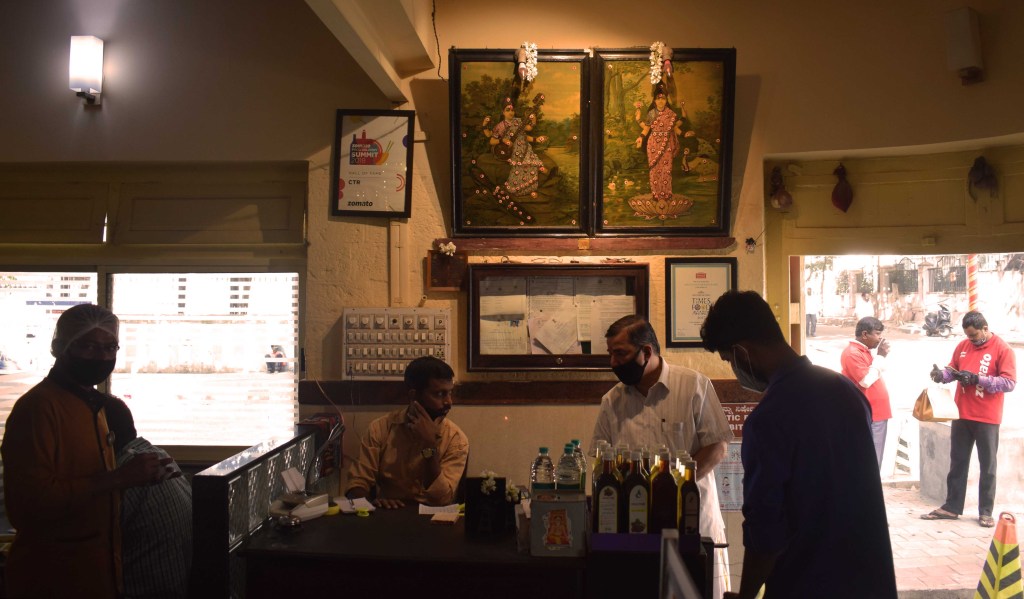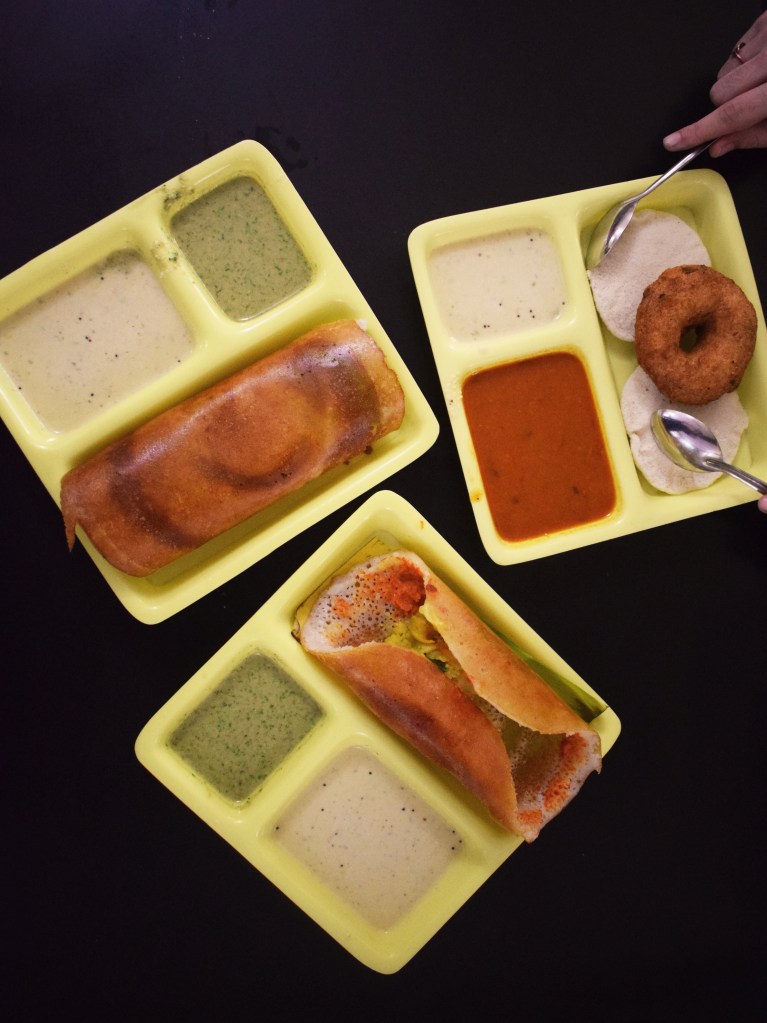The Dosa is a culinary gift from South Indian cuisine that has become a popular breakfast snack all across India. Although the dish has been gaining global popularity for a while, when a video of Kamala Harris (before she became the Vice President of the United States) and American actress Mindy Kaling making Masala Dosa emerged on social media, the dish received a lot of attention. The desi roots of the two women have now put the Dosa under a much deserved global spotlight.
Across the planet, the origin of traditional dishes is often contested. The Dosa too faces a similar dilemma. While some believe the version presented by historian P. Thankappan Nair, who claims that the Dosa originated from the town of Udupi located in the Indian state of Karnataka, there are others who believe the claims made by food historian K.T. Achaya. According to him, Tamil Nadu was the birthplace of Dosai because instances of the dish were found in Sangam literature (ancient Tamil literature) dating back to 1st century AD.
Although debates about the origin continue to persist, what most can agree upon is that the Dosa is not similar to a pancake or crepe. Many have tried to explain the dish by claiming it to be a type of “South Indian” pancake or crepe but true Dosa enthusiasts know that it is one of those dishes that can’t be compared to an existing one. Only once you devour a Dosa will you realise that it has a unique description of its own.
In India, there are many varieties of the Dosa: Ghee Dosa, Rava Dosa, Benne Dosa, Mysore Masala Dosa, Ragi Dosa, Neer Dosa, Plain Dosa, and the list goes on. But the most popular of them all is the Masala Dosa. In the traditional process of making this Dosa, a fermented batter, made of rice, dal and fenugreek seeds, is scooped with a deep bowl ladle and is poured on a hot plate. Before pouring, the hot plate is sprinkled with water. Once the water sizzles off, the batter is spread on the hot plate spiralling outwards in a circular motion. Oil is then drizzled on the Dosa. Many people prefer smearing the Dosa with a spicy red chutney before topping it with the Masala, which is made of semi-mashed potatoes sauteed with several herbs and spices. The Dosa is ready once it turns golden-brown and the edges start to lift off. It is served with Sambar and Coconut Chutney.
In Southern India, although you can find the Masala Dosa in almost any Dosa joint, each state enjoys its own set of Dosa hotspots that have a unique version of the Masala Dosa. In Bengaluru, the capital city of Karnataka, one such hotspot is Shri Sagar, popularly known as Central Tiffin Room (CTR). Located in the corner of a street in Malleshwaram, CTR was founded in the 1920s and has been feeding the souls of generations of Bangaloreans. Their in-house special Benne Masala Dosa is a butter-laden Masala Dosa that is served with coconut and mint chutney. While the place would earlier be crowded with waiting-lines extending across the road, the sales have now been severely impacted due to the COVID-19 pandemic.
According to 25-year old Ganesh Sanjeeva Poojara, who manages the place with his elder brother Sandesh, “Since people have stopped coming out due to the pandemic, we have seen a decrease in footfall by around 60-65 per cent during the initial days of the lockdown. Although we do have orders coming in from Zomato (a food delivery service), even now, footfall has increased only by around 5-8 per cent. Comparing it to a time before the pandemic, we are currently running just at 30 per cent.”









Shrishti is a Politics, Philosophy and Economics major at Ashoka University. In her free time, you’ll find her cooking, dancing or photographing.
We publish all articles under a Creative Commons Attribution-Noderivatives license. This means any news organisation, blog, website, newspaper or newsletter can republish our pieces for free, provided they attribute the original source (OpenAxis).

